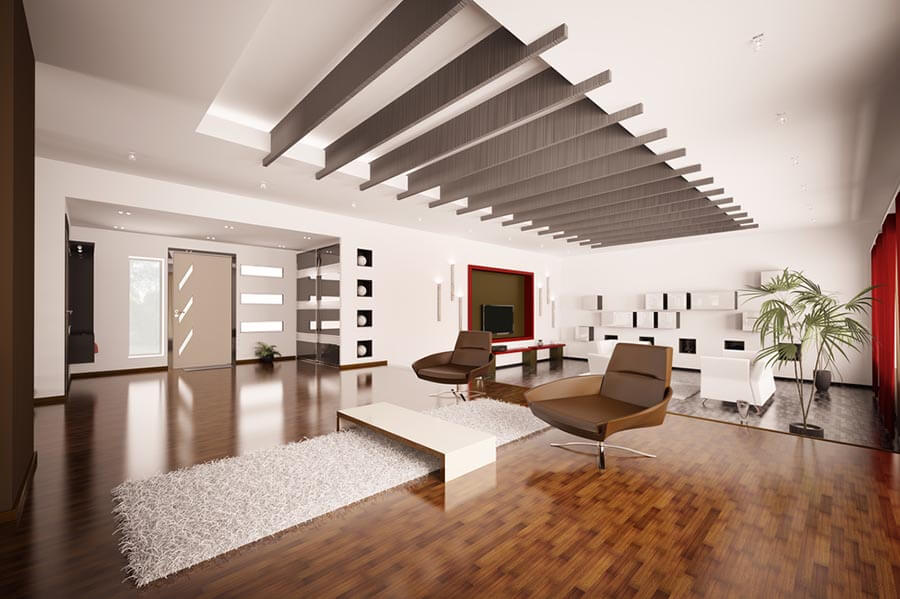What is an Active House?
The Active House Alliance, based in Brussels, describes an active house as “a vision of buildings that create healthier and more comfortable lives for their occupants without negative impact on the climate – moving us towards a cleaner, healthier and safer world.” A home that receives an Active House designation must meet the basic demands for three key factors: energy efficiency, environment and indoor comfort.
The alliance goes on to explain each of these factors in more detail. Energy efficiency means that “all energy needed is supplied by renewable energy sources integrated into the building or from the nearby collective energy system and electricity grid.” The active house must have a positive impact on the environment “through an optimized relationship with the local context, focused use of resources, and its overall environmental impact throughout its lifecycle.”
Comfort translates to the creation of a healthier, more comfortable life by providing “healthier and more comfortable indoor conditions for the occupants, ensuring a generous supply of daylight and fresh air. Materials used have a neutral impact on comfort and indoor climate.”
The Active House concept is a model that helps homeowners reduce their carbon footprint while challenging architects and builders to create and implement innovative designs. In assessing an Active House, the alliance looks at how well each of the aforementioned three factors has been integrated.
Comfort in an Active House

An Active House provides an excellent environment for its inhabitants through the intelligent use of light and heat. It is designed to offer abundant daylight and fresh air and an appropriate thermal environment.
Daylight is known to improve mood and well-being, so it’s important to provide lots of light and pleasant views from the windows, which also enhance mood. The thermal climate also has an impact on mood and well-being, so the indoor temperature should be kept at a comfortable level without – not too hot in the summer and not too cold in the winter. The climate goals must be achieved without using unnecessary energy.
In addition, the air quality inside the home must be good, but it’s important not to rely on excessive energy use to ensure it. A combination of natural ventilation and mechanical means can be used to meet the air quality standards. The system chosen must also provide appropriate ventilation for exhaust in rooms that can be high in humidity, such as bathrooms where showers are taken.


